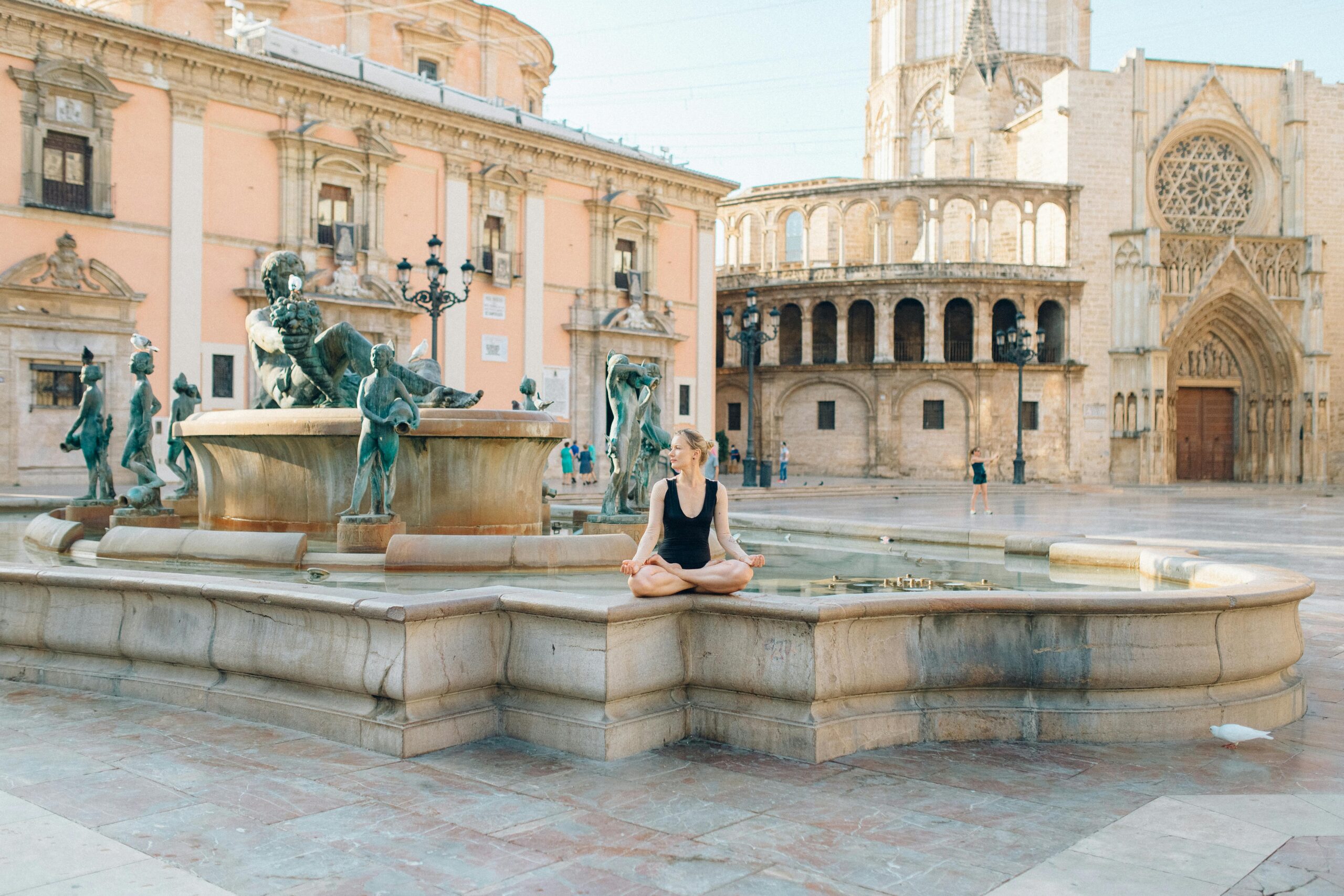Exploring the Vibrant World of Korean Pilates and Yoga Studios
In recent years, South Korea has witnessed a remarkable surge in the popularity of Pilates and yoga, reflecting a broader global trend towards health, mindfulness, and holistic wellness. Korean Pilates and yoga studios are not just spaces for physical exercise; they represent a cultural fusion where traditional principles meet innovative approaches tailored to modern urban lifestyles. This article delves into the distinctive characteristics of these studios, the growing demand for such practices in South Korea, and the impact they have on health and well-being. By exploring the unique features of Korean studios, from the specialized training methods to their community-oriented philosophies, readers will gain a comprehensive understanding of why Pilates and yoga have become essential components of wellness for many Koreans today.
The Cultural Integration of Pilates and Yoga in Korea
Unlike their Western counterparts, Korean Pilates and yoga studios often blend eastern philosophies such as mindfulness, balance, and energy flow with western exercise regimes. This integration appeals to Koreans seeking both physical fitness and mental clarity. Many studios incorporate elements of traditional Korean medicine and meditation, creating a holistic approach that sets them apart. Furthermore, the influence of K-beauty and wellness culture emphasizes body aesthetics alongside health improvements, driving many to adopt Pilates and yoga as key lifestyle practices.
Innovative Studio Designs and Atmospheres
Korean studios are renowned for their sophisticated interior design that enhances the mind-body connection. Minimalist aesthetics, natural lighting, and calming color palettes are typical, fostering an environment conducive to relaxation and focus. High-tech equipment complements traditional exercise props, and some studios even offer virtual reality or AI-assisted classes. These innovations not only attract a diverse clientele but also support tailored training programs that accommodate different skill levels and personal health goals, making Pilates and yoga accessible to all.
Specialized Training and Certification Programs
The quality of instruction in Korean Pilates and yoga studios is exceptionally high due to strict certification requirements and advanced teacher training programs. Many instructors are trained overseas or participate in internationally recognized courses, ensuring up-to-date teaching methodologies. Moreover, some studios specialize in niche areas such as prenatal Pilates, rehabilitation yoga, or power yoga, catering to specific demographics. This specialization reflects a deep commitment to both safety and effectiveness, elevating client trust and satisfaction.
Community and Wellness Beyond Exercise
These studios often serve as community hubs, fostering not just physical fitness but social connection and mental well-being. Workshops, wellness seminars, and group meditation sessions accompany regular classes, promoting a comprehensive health culture. The emphasis on community helps reduce social isolation in increasingly urbanized environments and creates supportive networks for lifestyle changes. This social dimension is particularly valued in Korean society, where collective harmony plays a crucial role in personal health.
The Growing Popularity and Future Trends
With rising awareness of lifestyle diseases and stress-related conditions, Korean Pilates and yoga studios are rapidly expanding beyond major cities into suburban areas and small towns. Digital platforms for online classes and wellness consultations are emerging, reflecting changing consumer behaviors. Future trends likely include personalized AI-driven fitness plans, integration of traditional healing arts, and environmental sustainability in studio operations. This evolution signals that Pilates and yoga will continue to be integral parts of Korea’s wellness landscape for years to come.
Summing Up the Korean Approach to Pilates and Yoga
The development of Pilates and yoga studios in Korea illustrates a unique blend of cultural values, modern fitness techniques, and technological innovation. These studios go beyond mere exercise spaces, embodying holistic wellness principles that prioritize mental peace, community support, and personalized care. Their distinctive fusion of eastern and western philosophies, along with high-quality instruction and thoughtful studio design, sets a compelling example in the global wellness industry. For anyone interested in exploring Pilates or yoga, understanding the Korean model offers valuable insights into how these practices can be adapted to foster health, harmony, and happiness in today’s fast-paced world.
